Apple today seeded the second betas of iOS 17 and iPadOS 17 to public beta testers, allowing non-developers to test the software ahead of its launch. The second beta comes a little over two weeks after the first beta. The second public beta features the same content that's in the fourth developer beta released last week, although Apple has also seeded a revised version of that developer beta today.

In addition to iOS 17 and macOS Sonoma, new public betas of tvOS 17, watchOS 10, and HomePod software 17 are also available.
Public beta testers who have signed up for Apple's beta testing program can download the iOS 17 and iPadOS 17 updates by opening up the Settings app, going to General, tapping on the Software Update section and toggling on the iOS 17 Public Beta option.
iOS 17 adds a new StandBy option for the iPhone, allowing it to serve as an information hub when it is in a horizontal position and connected to a charger. StandBy mode displays the time, Live Activities, incoming notifications, and tons of widgets.
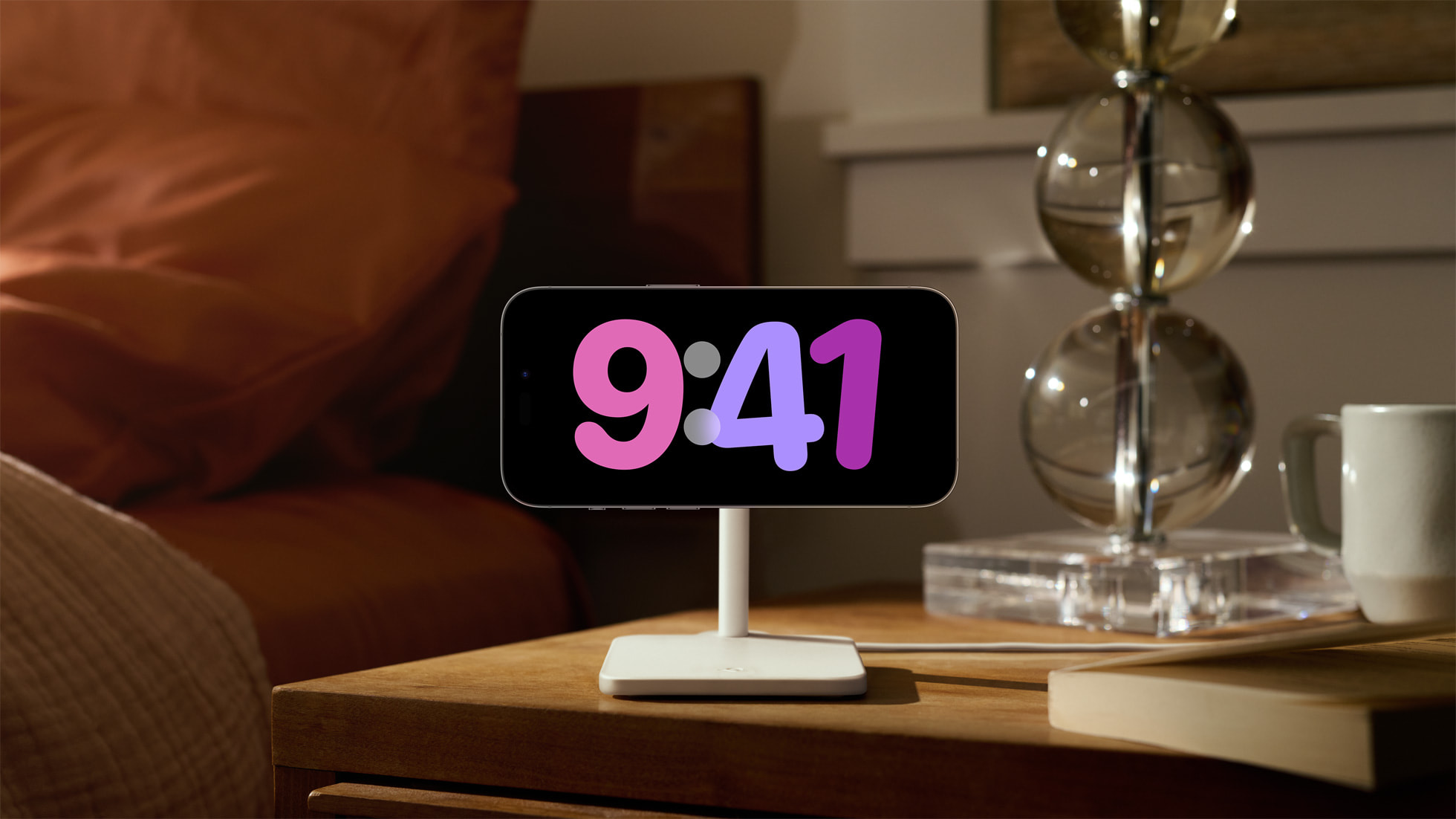
Speaking of widgets, widgets you use on the Lock Screen and Home Screen are interactive, so you can do things like control a smart light or check off a Reminder without opening an app. Autocorrect is smarter than before, and it's easier to correct mistakes with a quick tap.
AirDrop has a new NameDrop feature for quickly sharing contact information with a person nearby, and the Phone app has customizable Contact Posters that let you choose what people see when you call them.
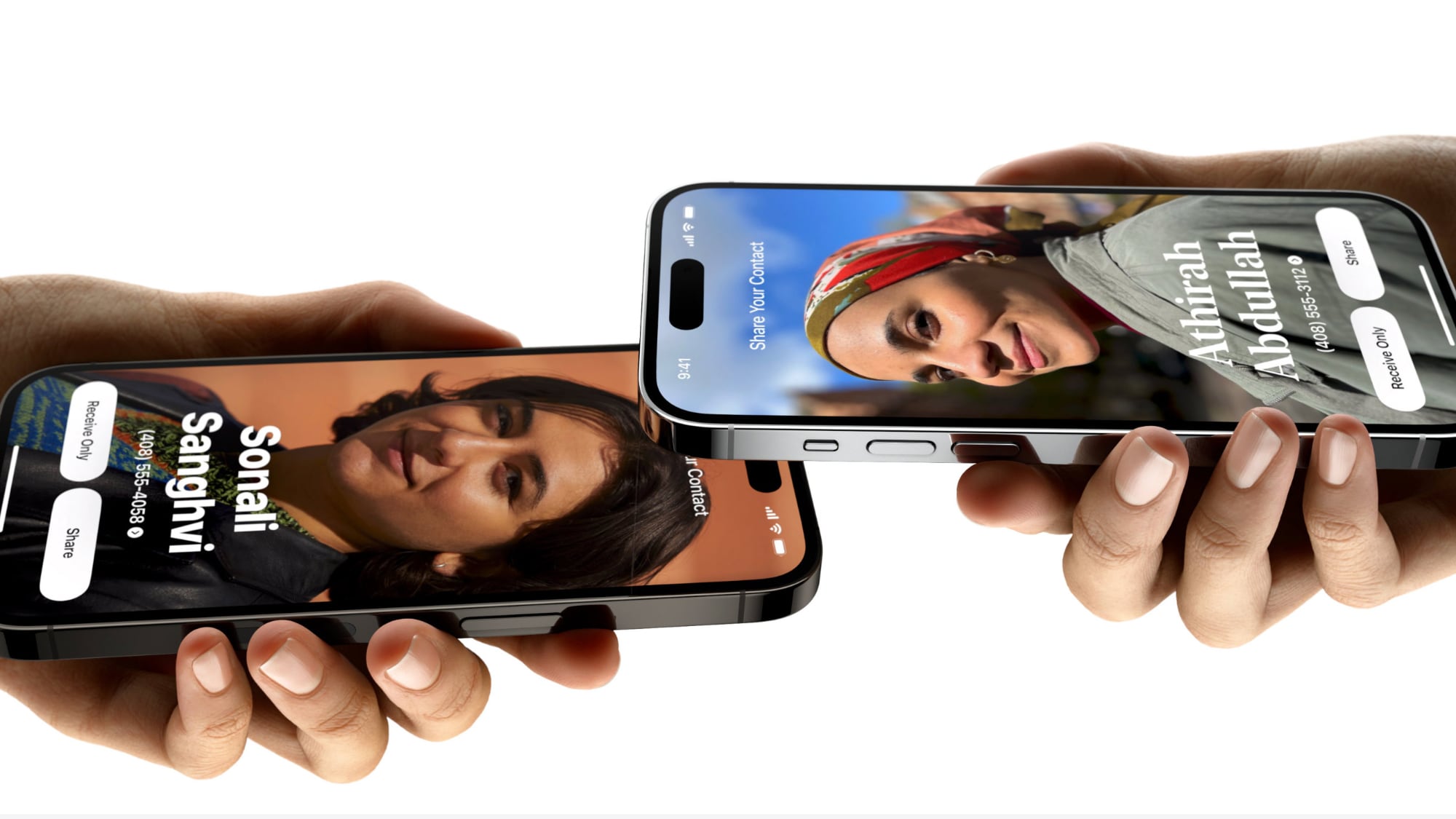
Live Voicemail shows the voicemail that someone is leaving right on your Lock Screen so you can pick up if it's important, and the Messages app has a refined look and a Check-In feature that's meant to help you get to your destination safely.
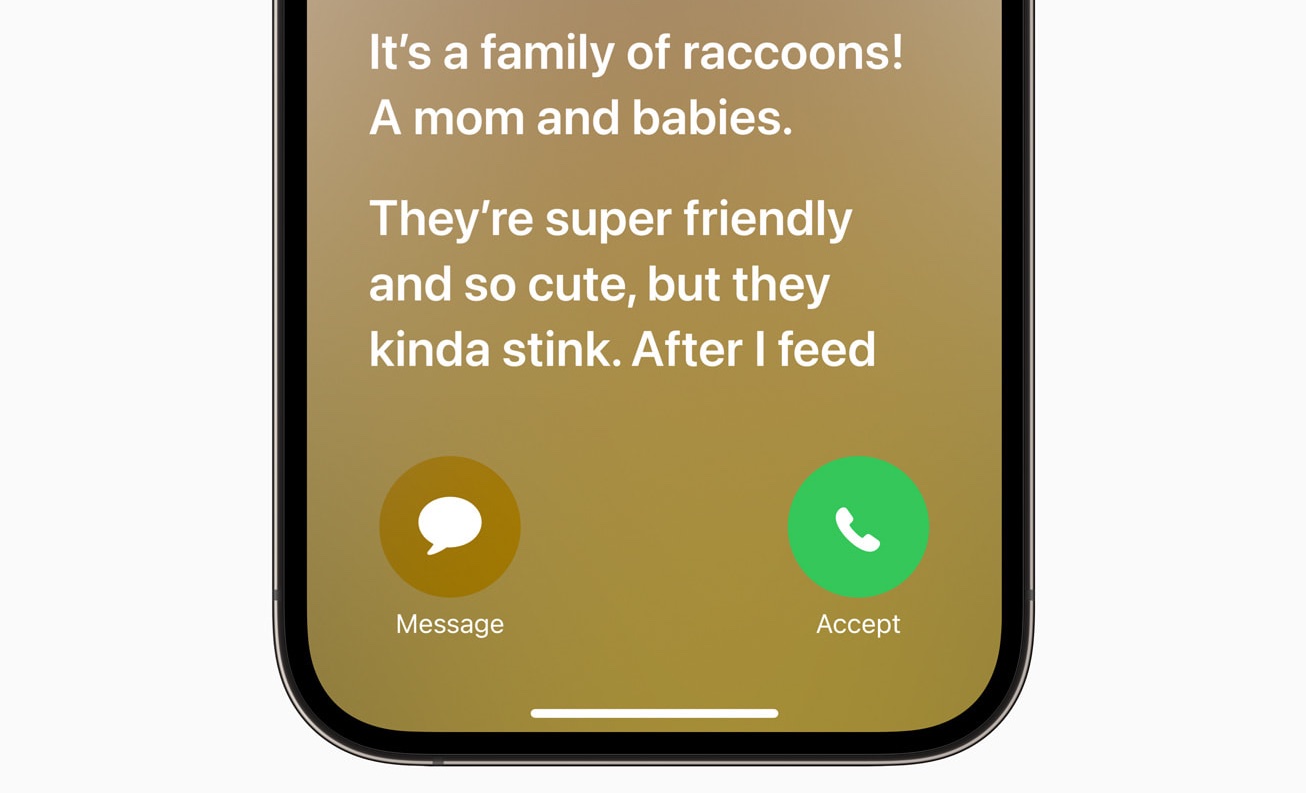
FaceTime supports video messages so you can leave a video voicemail if someone misses a call, plus you can use it on the Apple TV. Safari has a locked private browsing window and a password sharing feature, and better tracking prevention. The Maps app now works offline, the Photos app can recognize your pets, and Visual Look Up works with food, symbols, videos, and more.
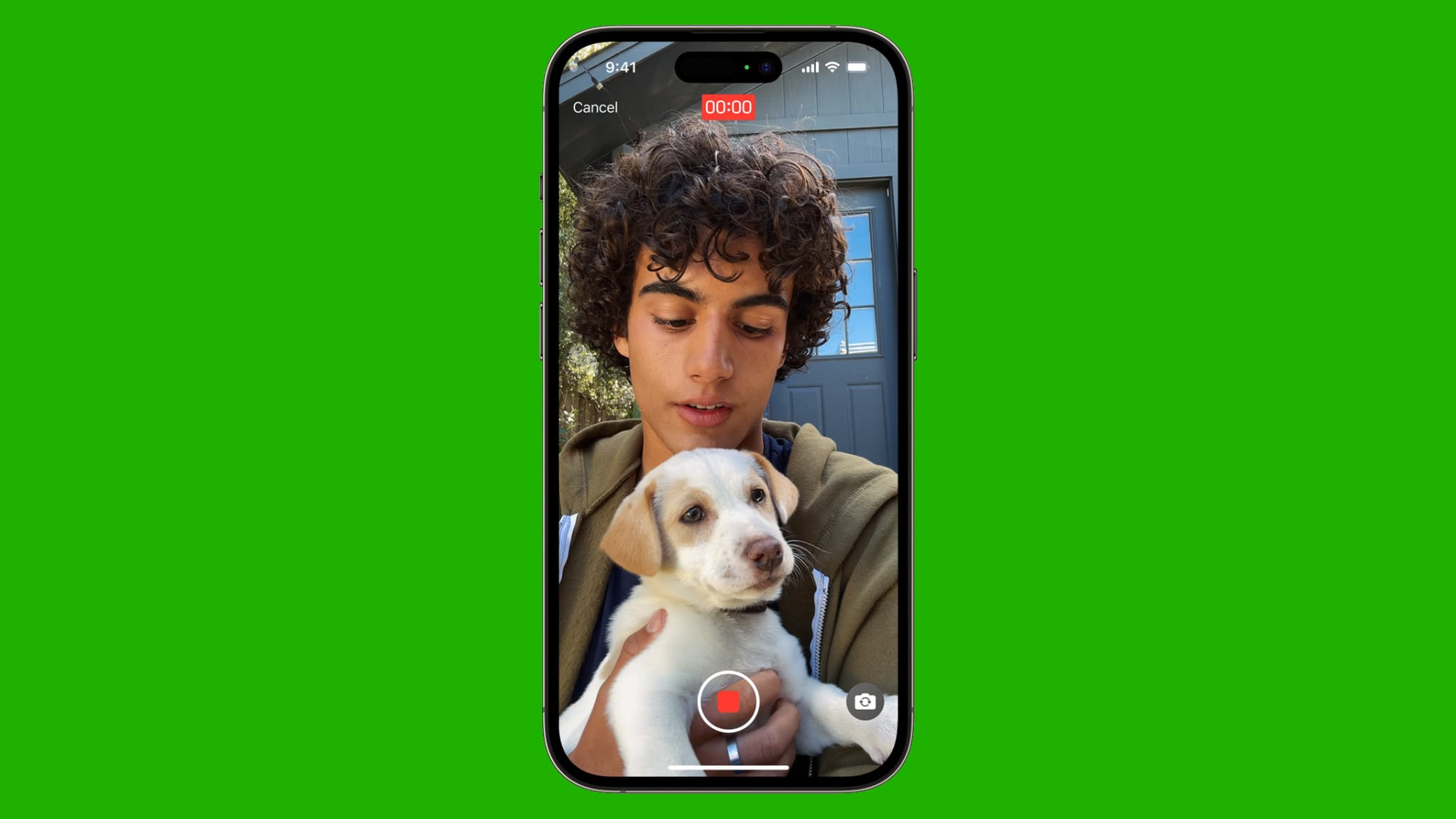
There's a new mood tracking feature available in the Health app, and later this year, Apple also plans to add a journaling app.
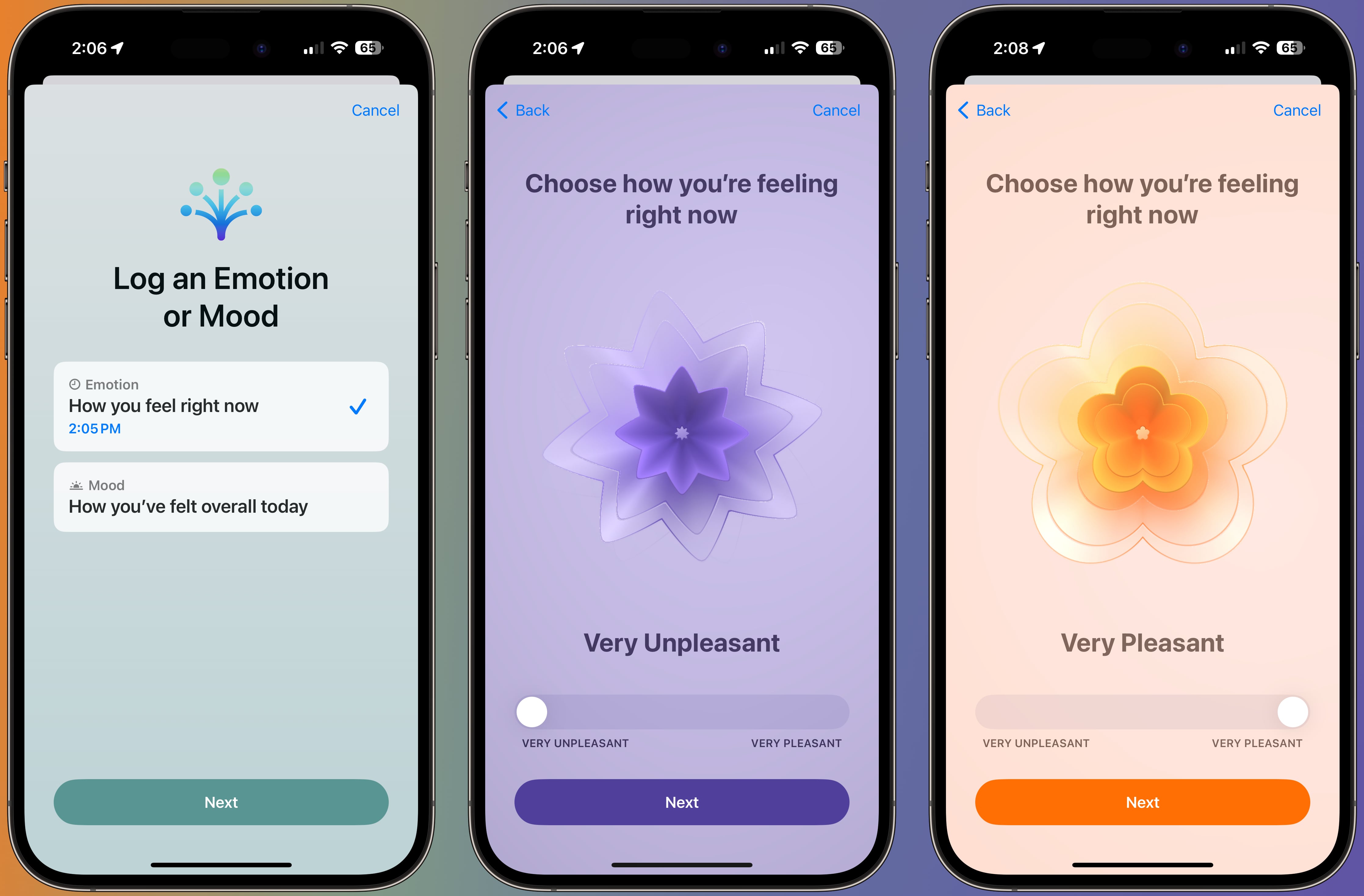
For a complete overview of all of the new features in iOS 17, we have a dedicated iOS 17 roundup. iPadOS 17 also has some iPad-only features like a revamped Lock Screen, with details available in our separate iPadOS 17 roundup.
Apple has also released new public betas of tvOS 17 and watchOS 10.
This article, "Apple Releases Second Public Betas of iOS 17 and iPadOS 17, Revised Developer Beta" first appeared on MacRumors.com
Discuss this article in our forums
Source: TechRadar

In addition to iOS 17 and macOS Sonoma, new public betas of tvOS 17, watchOS 10, and HomePod software 17 are also available.
Public beta testers who have signed up for Apple's beta testing program can download the iOS 17 and iPadOS 17 updates by opening up the Settings app, going to General, tapping on the Software Update section and toggling on the iOS 17 Public Beta option.
iOS 17 adds a new StandBy option for the iPhone, allowing it to serve as an information hub when it is in a horizontal position and connected to a charger. StandBy mode displays the time, Live Activities, incoming notifications, and tons of widgets.

Speaking of widgets, widgets you use on the Lock Screen and Home Screen are interactive, so you can do things like control a smart light or check off a Reminder without opening an app. Autocorrect is smarter than before, and it's easier to correct mistakes with a quick tap.
AirDrop has a new NameDrop feature for quickly sharing contact information with a person nearby, and the Phone app has customizable Contact Posters that let you choose what people see when you call them.

Live Voicemail shows the voicemail that someone is leaving right on your Lock Screen so you can pick up if it's important, and the Messages app has a refined look and a Check-In feature that's meant to help you get to your destination safely.

FaceTime supports video messages so you can leave a video voicemail if someone misses a call, plus you can use it on the Apple TV. Safari has a locked private browsing window and a password sharing feature, and better tracking prevention. The Maps app now works offline, the Photos app can recognize your pets, and Visual Look Up works with food, symbols, videos, and more.

There's a new mood tracking feature available in the Health app, and later this year, Apple also plans to add a journaling app.

For a complete overview of all of the new features in iOS 17, we have a dedicated iOS 17 roundup. iPadOS 17 also has some iPad-only features like a revamped Lock Screen, with details available in our separate iPadOS 17 roundup.
Apple has also released new public betas of tvOS 17 and watchOS 10.
This article, "Apple Releases Second Public Betas of iOS 17 and iPadOS 17, Revised Developer Beta" first appeared on MacRumors.com
Discuss this article in our forums
Source: TechRadar